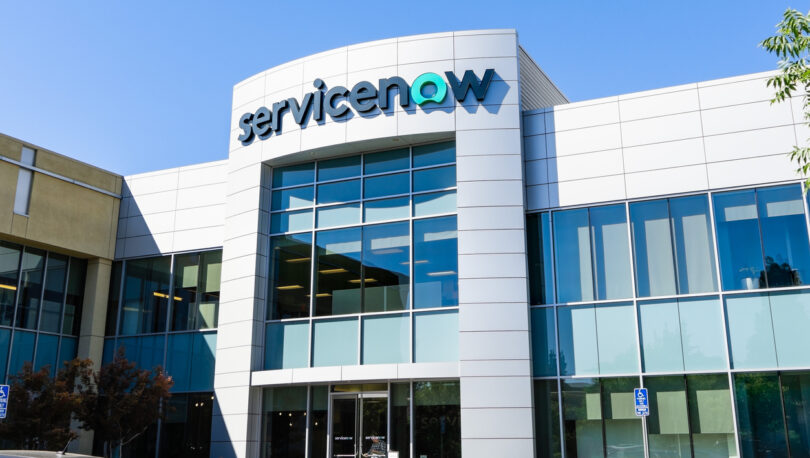As ServiceNow continues to permeate enterprise IT ecosystems of all sizes, the relatively recent introduction of the vendor’s Enterprise Platform is beginning take hold. Customers familiar with the Salesforce Enterprise License Agreement (SELA) will find similarities in how the ServiceNow Enterprise Platform purchase operates. In both cases, the standard a-la-carte model that includes individual line-item quantity, unit price and extended annual and/or term total is replaced with a bundled, customizable subscription.
A 10,000-foot view of the typical Salesforce SELA structure is one order form with one bundled price. However, it does include a separate document, the Schedule A, which details the individual subscriptions included in the Order Form. The Schedule A not only details which Salesforce subscriptions are included in a customers’ order form, but also the price a customer would pay if they were to add additional subscriptions throughout the term of an agreement.
Like most enterprise and volume purchasing programs, the Salesforce SELA trades some cost transparency for flexibility (to the customer and Salesforce). Price incentives and more aggressive concessions are common, and the customer essentially forfeits a clear picture of individual costs (often for the duration of their relationship with Salesforce).
ServiceNow’s Enterprise Platform is similar in that it provides additional flexibility (to the customer and ServiceNow). But the cost transparency trade-off is greater. ServiceNow bundles several, historically separate, subscriptions for one price per user. By doing this, ServiceNow can package several different subscription metrics (i.e., named users, unrestricted users, nodes, devices, transactions, and even support) for one monthly user cost.
The straightforwardness of ServiceNow Enterprise Platform purchase might be attractive, but NPI’s extensive experience with ServiceNow suggests it is perilous from a pricing perspective. The vendor has used custom SKUs in the past to bundle functionality. Even when certain parts of SKUs were unused, customers were still expected to pay for them. Reconstructing/deconstructing custom SKUs is a cumbersome endeavor.
Rule #1 When Considering ServiceNow Enterprise Platform? Map Your Requirements
Both Salesforce and ServiceNow’s enterprise-scale offerings provide more attractive pricing and additional flexibility. But they can make an environment unwieldy to manage effectively. What if the adoption of one subscription does not go to plan and has no use? What if you want to add a new functionality that is not included in the original agreement? Entitlements can become convoluted, leading to headaches at renewal time as it is difficult to exit once either of these agreements are in place.
While the ServiceNow Enterprise Platform is yet to reach widespread adoption, that may change as ServiceNow is becoming entrenched in leading businesses around the globe. Meanwhile, there is a lot to be learned from the playbooks of other platform-centric mega vendors like Salesforce. NPI’s experience with both Salesforce and ServiceNow leads to the recommendation to critically assess how these offerings match up with customer requirements. Both solutions are difficult to displace once ingrained within an organization, so it is best practice to have a thorough understanding of past, current and forecasted requirements and demand price transparency accordingly.
RELATED CONTENT
- Blog: Pricing Observations on Latest ServiceNow Release (Quebec)
- Blog: Tips on How to Optimize Enterprise SaaS Usage and Costs
- Webinar: Why Large SaaS Software Estates are Rife with Toxic Spend
- NPI Service: IT Price Benchmark Analysis & Contract Negotiation Intel
- NPI Service: SaaS License Optimization Assessment
